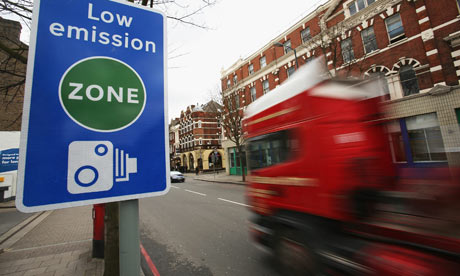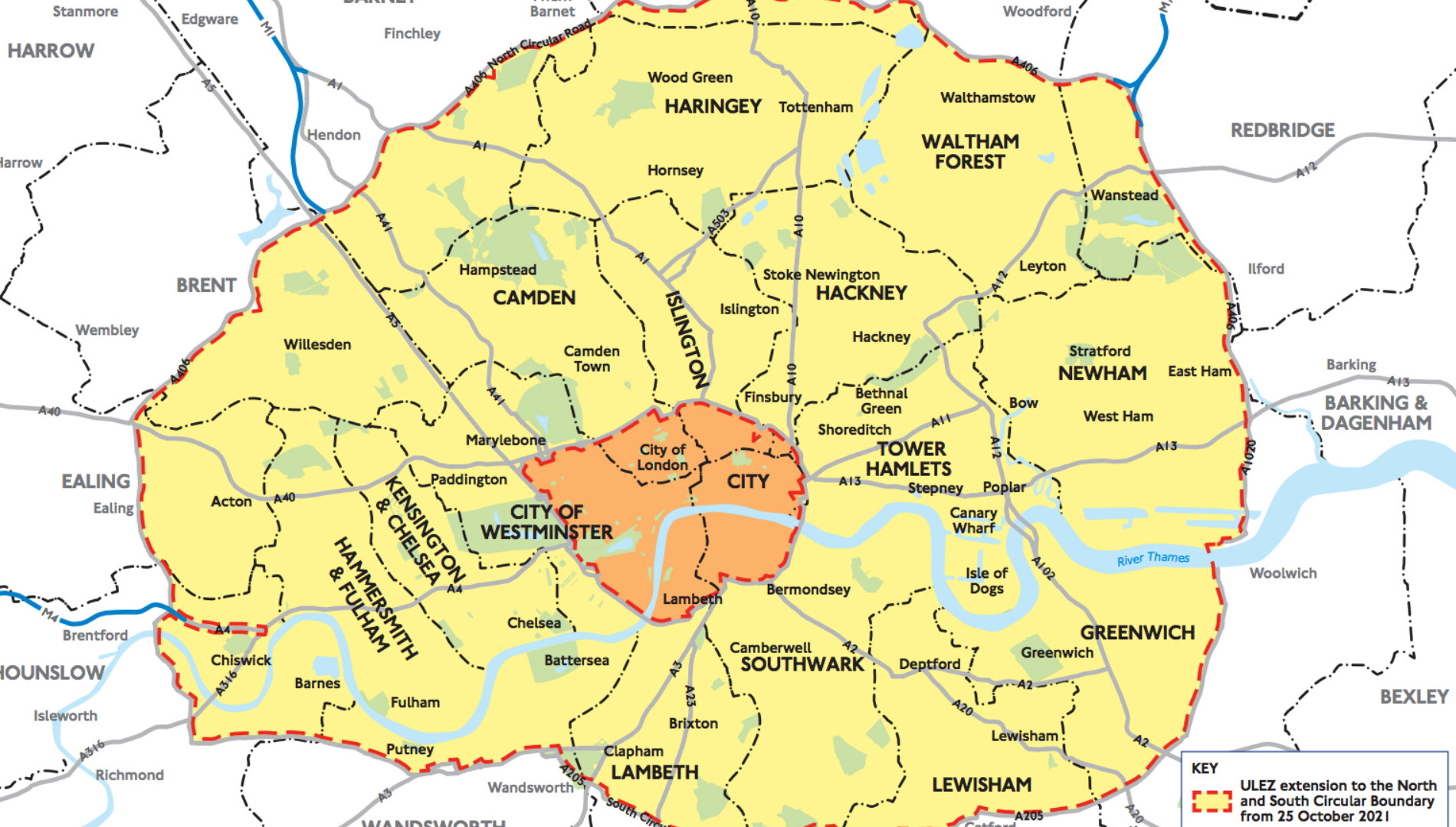From the 8th of April 2019, the Ultra-Low Emission Zone (ULEZ) will be implemented which will affect most vehicles including cars and vans in which they will need to meet new and stricter exhaust emission standards. Or another option being to pay a daily charge to travel within the selected areas of the ULEZ.
What vehicles exactly are being affected by ULEZ?
If you know your vehicle meets the Low Emission Zone emission standards, it is worth checking if it meets the new ULEZ standards. Click here to check!
- Cars
- Motorcycles, mopeds, motorised tricycles and quad bikes
- Small and large vans, pickups
- 4x4 light utility vehicles
- Motorised horse boxes
- Ambulances and fire engines
- Motorcaravans
- Minibuses, buses and coaches
- Lorries
- Breakdown and recovery vehicles
- Snow ploughs, gritters, road sweepers and concrete mixers
- Tippers and removals lorries
If you know your vehicle meets the Low Emission Zone emission standards, it is worth checking if it meets the new ULEZ standards. Click here to check!
 However, mayor of London, Sadiq Khan, unveiled his plans of extending this area to a huge proximity of London in the next few years, this including to the North Circular and South Circular roads in 2021.
However, mayor of London, Sadiq Khan, unveiled his plans of extending this area to a huge proximity of London in the next few years, this including to the North Circular and South Circular roads in 2021.Once this new system has been implemented, it has been stated by officials that about 100,000 cars, 35,000 vans and 3,000 lorries will be affected per day.
Khan said the following: “Tackling London’s lethal air and safeguarding the health of Londoners requires bold action. Air pollution is a national health crisis and I refuse to stand back as thousands of Londoners breathe in the air so filthy that it shortens our life expectancy, harms our lungs and worsens chronic illness.”
The reason behind this scheme being introduced is to better the area’s air by making it cleaner, as air pollution contributes to 40,000 deaths a year in the UK and causes long-term health problems for hundreds of thousands of people.
A clean air campaigner at Greenpeace, Paul Morozzo explained: “It’s going to have a huge impact on air quality and make a real difference to Londoners’ quality of life. London is leading the way in tackling harmful air pollution.”
In addition to these changes, Sadiq Khan has also mentioned tightening standards for the most polluting heavy vehicles, these including buses, coaches and lorries – these are said to face the daily consequence of a fee between £100 - £300 across the entire area of London from October 2020.
A clean air campaigner at Greenpeace, Paul Morozzo explained: “It’s going to have a huge impact on air quality and make a real difference to Londoners’ quality of life. London is leading the way in tackling harmful air pollution.”
In addition to these changes, Sadiq Khan has also mentioned tightening standards for the most polluting heavy vehicles, these including buses, coaches and lorries – these are said to face the daily consequence of a fee between £100 - £300 across the entire area of London from October 2020.

To conclude, London is the first major city to take this huge environmental step into providing cleaner air for their cities population, however, in the future, we feel that other highly populated cities such as Manchester or Birmingham will also try to implement a similar system too.
Find more CarCliq News here.
Find more CarCliq News here.